From the area of the Japanese Covered Bridge, An Hoi Bridge to Thanh Ha Fish Market, Hoi An Market, Bach Dang Street... everywhere is mud, garbage and a strong smell. The raging water from upstream carries hundreds of tons of garbage, covering the streets. Right behind the Japanese Covered Bridge - the symbol of the old town, now garbage, tree branches, plastic bags, bottles are mixed in a layer of mud as thick as a hand.
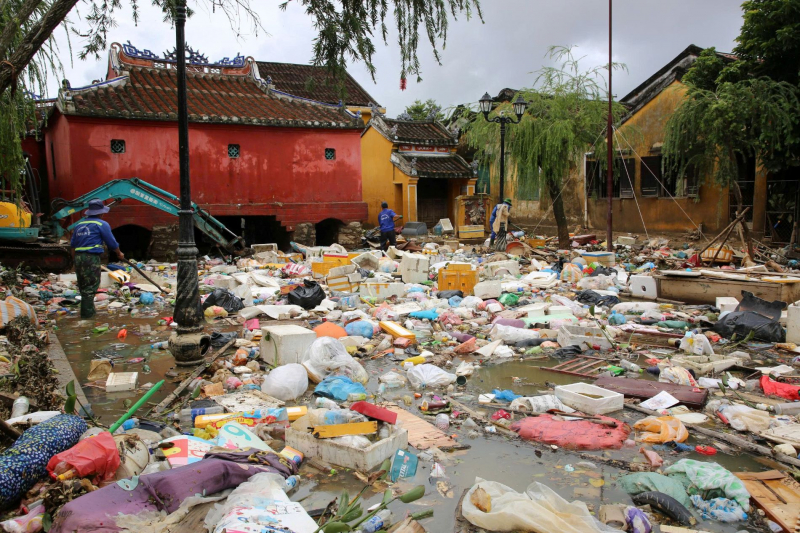
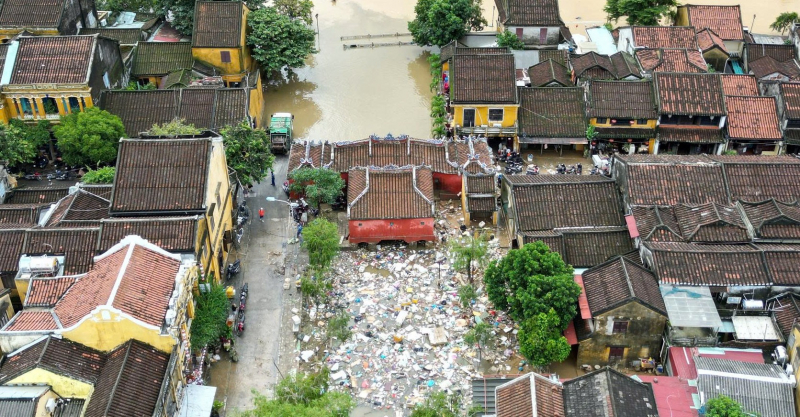
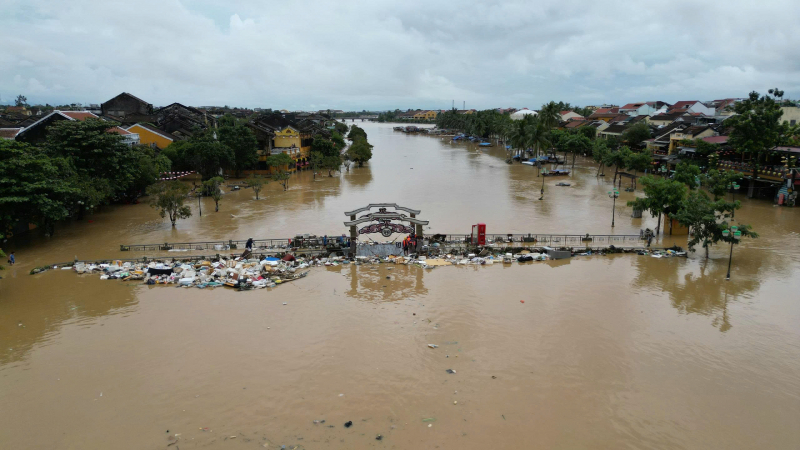
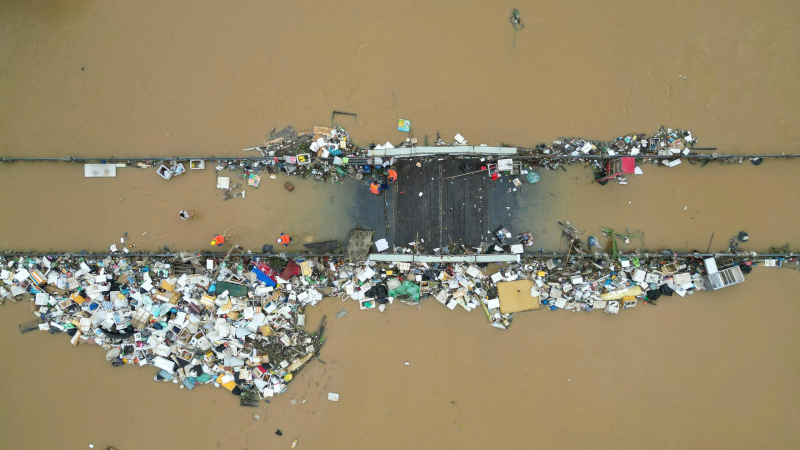
This morning, October 31, the water level of the Thu Bon River at Cau Lau station receded to 3.6m, 2.02m lower than the flood peak. Previously, the flood peak exceeded the historical level in 1964 by about 0.12m, causing the ancient town to be flooded 1 to 2m deep, in some places up to the roofs. As soon as the water receded, Hoi An residents immediately rushed to the streets to clean up mud, collect trash, and try to restore the appearance of the town.
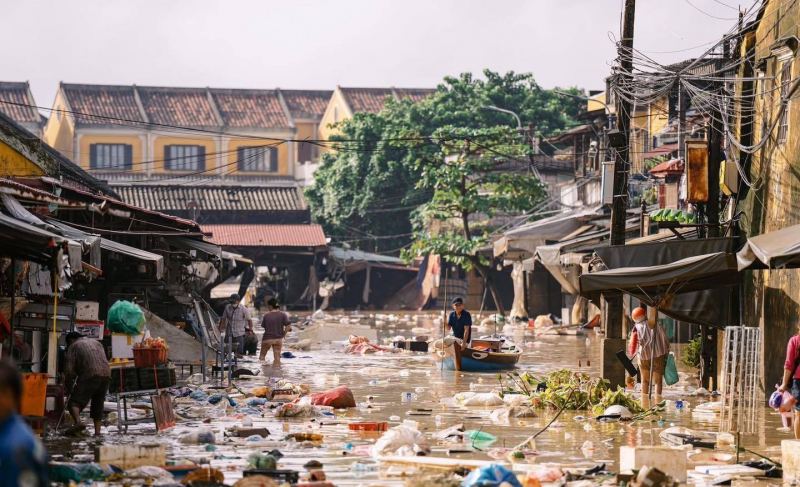
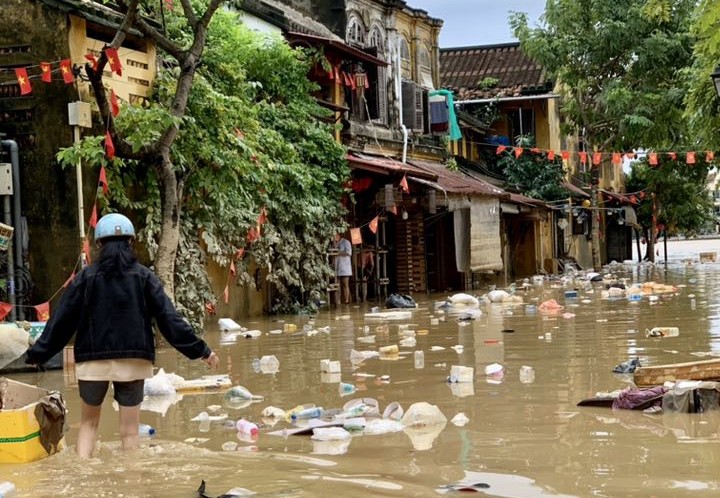
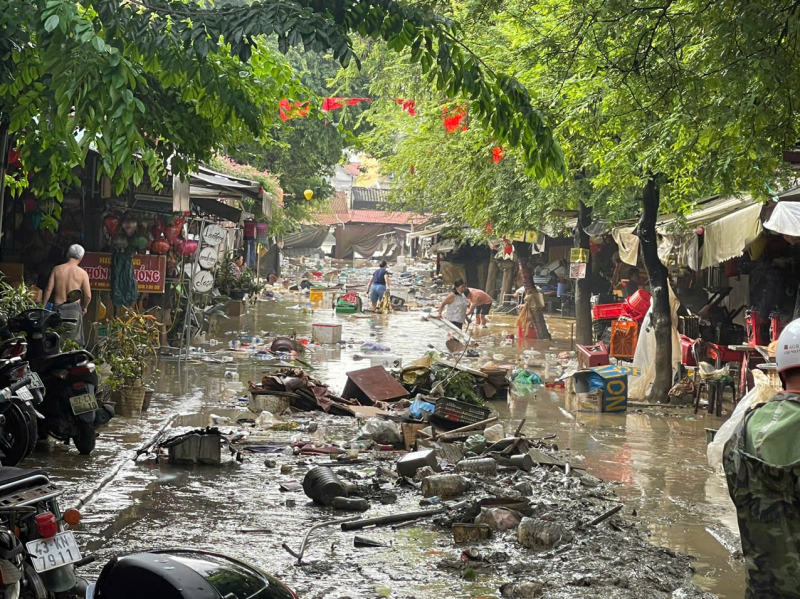
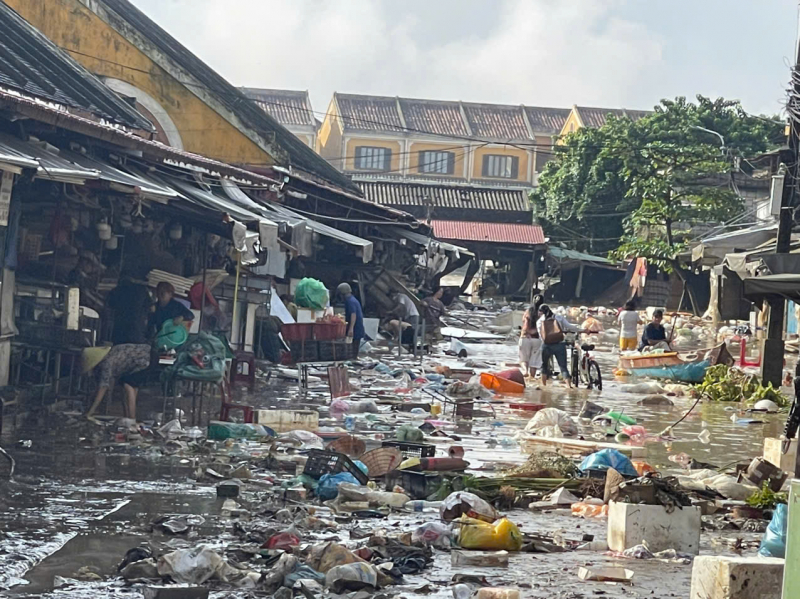
On Bach Dang, Nguyen Thai Hoc, Le Loi, Hoang Van Thu streets…, the mud was thick. With the motto “where the water recedes, we clean up”, the local police force, environmental workers, and youth union members quickly mobilized.
Amidst the muddy water, the image of the green uniforms of workers and police officers is still diligently and hurriedly using shovels to scrape away layers of mud dozens of centimeters thick; each meter of road is scrubbed, mountains of garbage are cleared away....
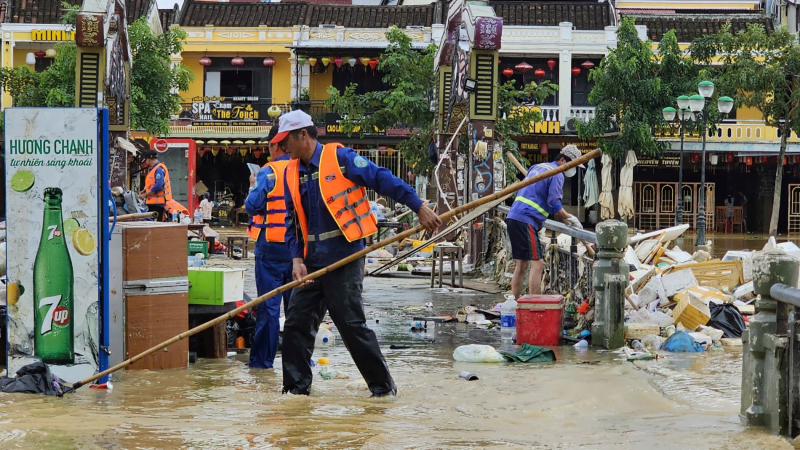
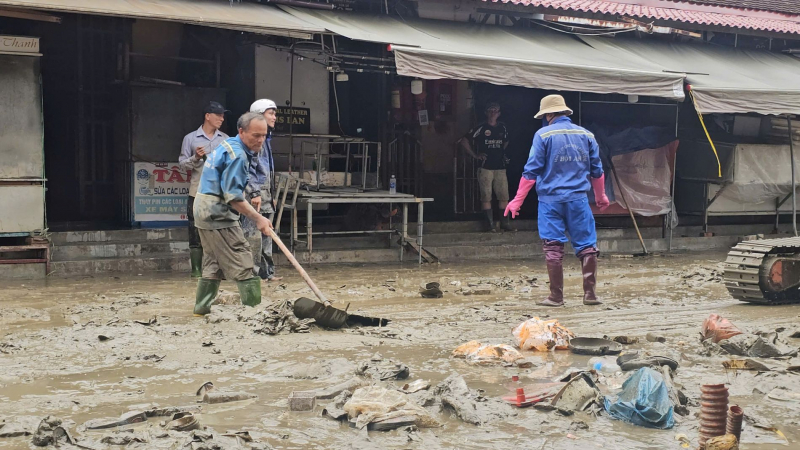
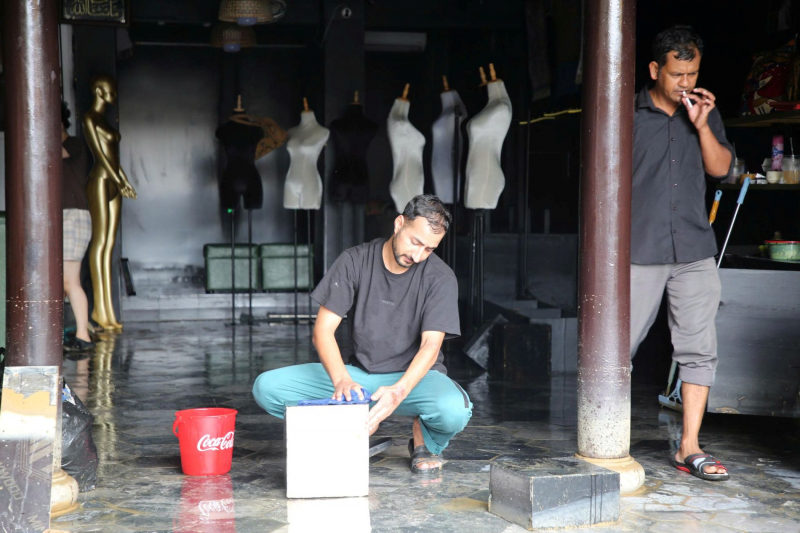
Ms. Nguyen Hoai Thuong, who lives on Nguyen Thai Hoc Street, shed tears: “The whole store was submerged in water for more than 4 days, all the furniture was damaged. As soon as the water receded, I cleaned every meter of the floor, just hoping to save something that could still be used.”
At Hoi An market, traders and residents were also busy clearing mud, cleaning shops, and collecting damaged goods. The mud was thick, slippery, and smelled musty, but everyone suppressed their fatigue and tried to take advantage of the water to restore their old way of life.
Not only property damage, the flood also left concerns about environmental pollution. Household waste, tree and animal carcasses drifted into residential areas, causing serious pollution. The amount of garbage collected on the first day after the flood was 100 tons, an unprecedented number. “The work is very heavy, but we just hope to clean the street soon so that people can feel secure and tourists can return soon,” said an environmental worker living near An Hoi bridge.
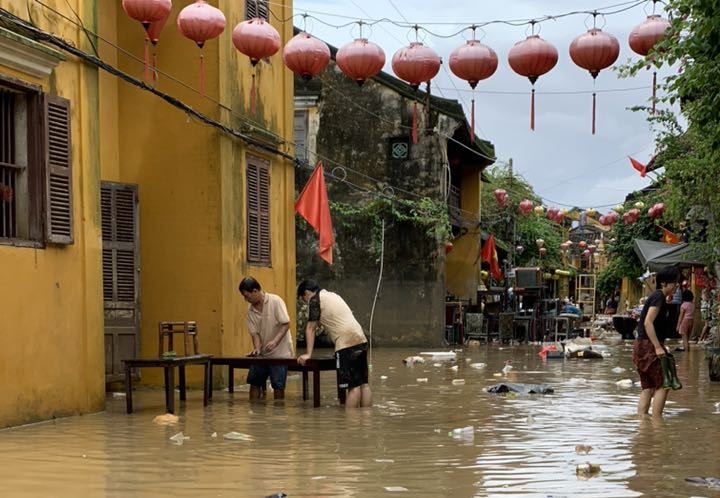
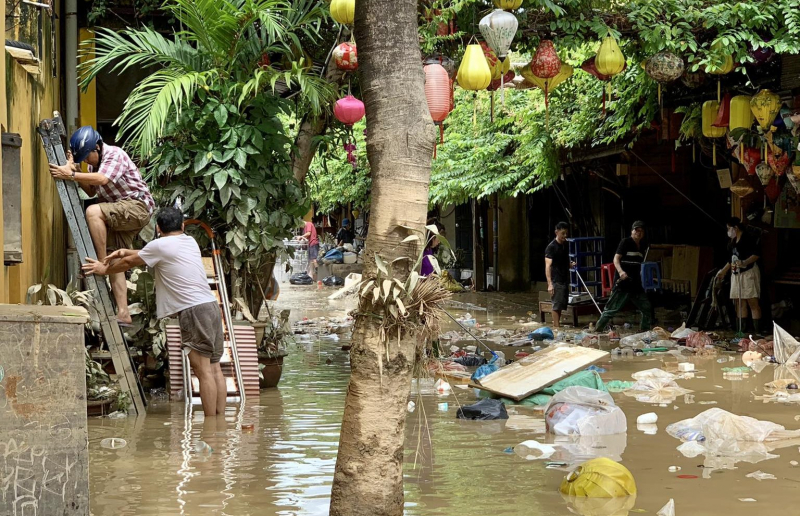
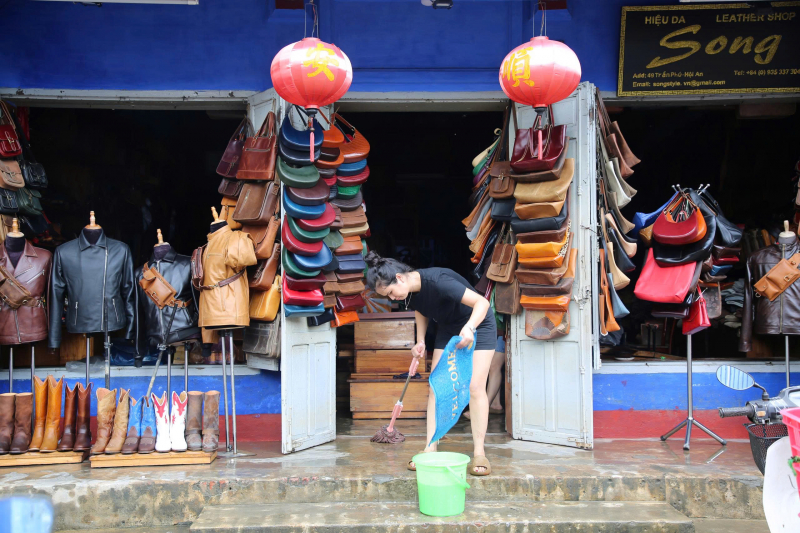
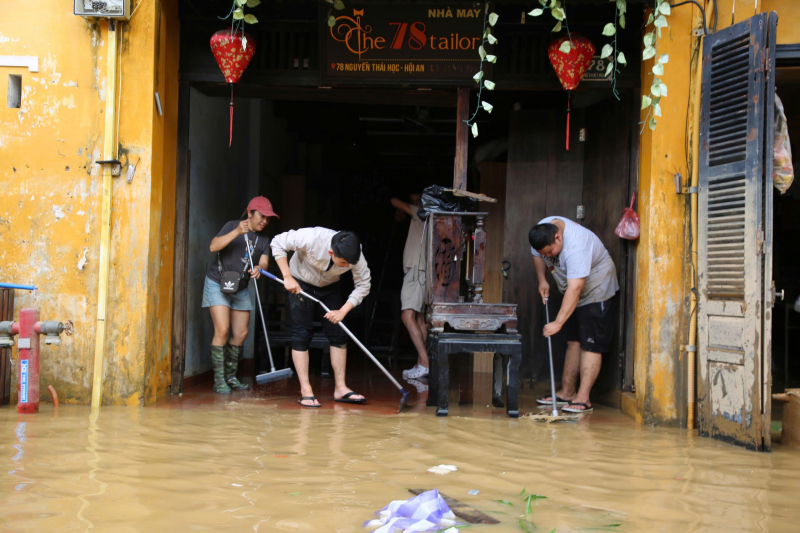
The authorities and departments in Hoi An are also urgently implementing environmental sanitation, disinfection, and disease prevention. Hoi An Ward People's Committee mobilized the entire population to clean up, clear sewers, treat stagnant water, disinfect, and prevent the spread of pathogens. The ward health sector coordinated with the City Health Center to spray chemicals, distribute Cloramin B, and instruct people on how to treat well water, ensuring safe living conditions.
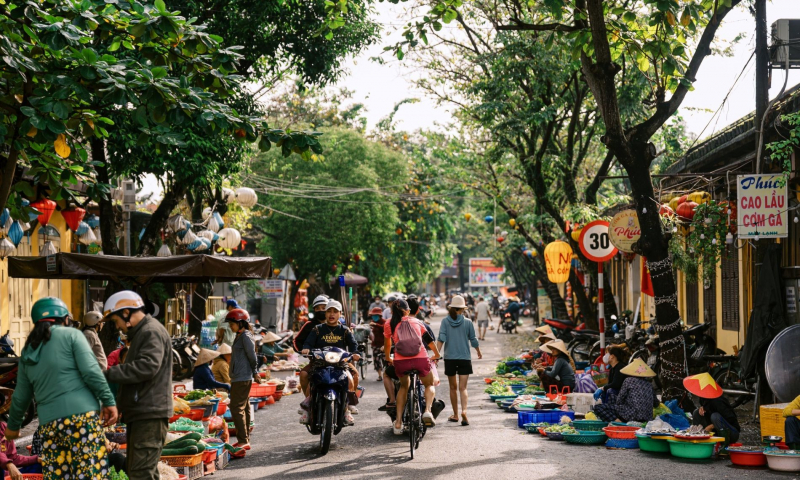
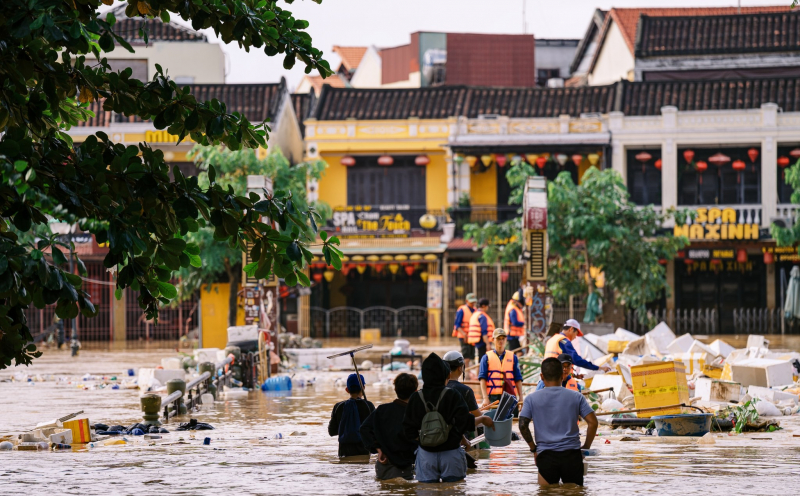
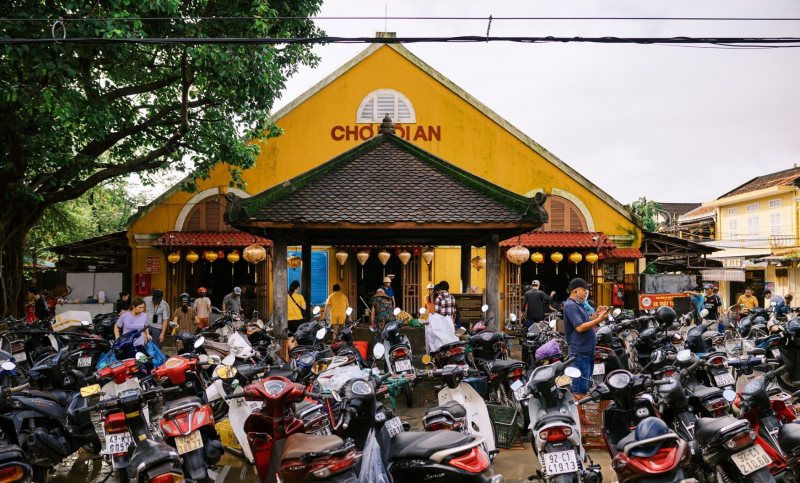
The water has just receded, authorities and people are urgently cleaning up after the flood so tourist activities are temporarily closed. However, many tourists returned to Hoi An, wading through the flood, recording images of the ancient town after the flood.
Hoi An today is still in disarray, but its vitality has never died. With humanity and resilience, the ancient town - a World Cultural Heritage will revive after the flood.
Source: https://cand.com.vn/Xa-hoi/nuoc-rut-den-dau-don-den-do--hoi-an-dong-long-khoi-phuc-pho-co-sau-lu-du-i786562/





![[Photo] Prime Minister Pham Minh Chinh attends the 5th National Press Awards Ceremony on preventing and combating corruption, waste and negativity](https://vphoto.vietnam.vn/thumb/1200x675/vietnam/resource/IMAGE/2025/10/31/1761881588160_dsc-8359-jpg.webp)
![[Photo] Da Nang: Water gradually recedes, local authorities take advantage of the cleanup](https://vphoto.vietnam.vn/thumb/1200x675/vietnam/resource/IMAGE/2025/10/31/1761897188943_ndo_tr_2-jpg.webp)






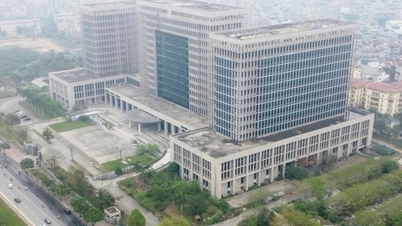

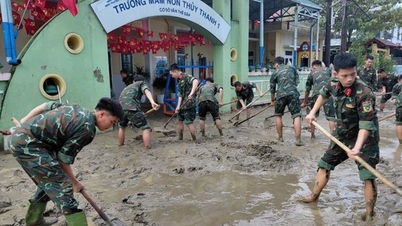




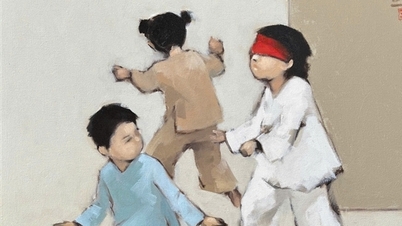


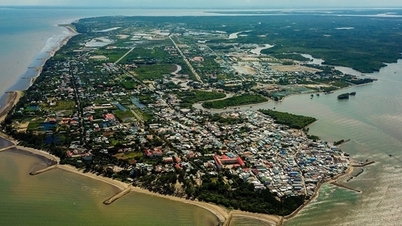




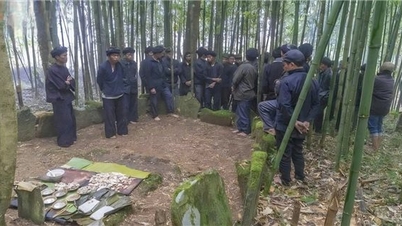

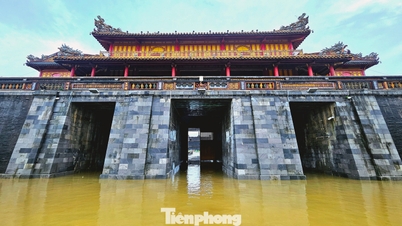

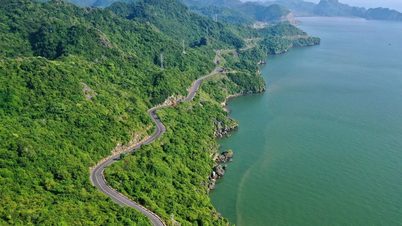















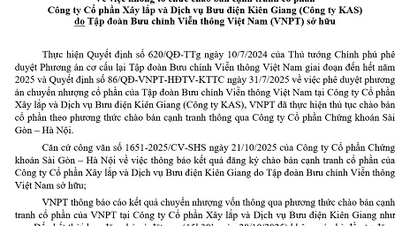


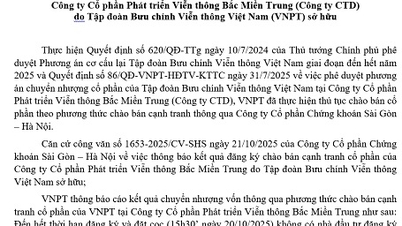
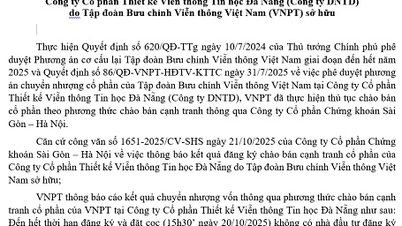










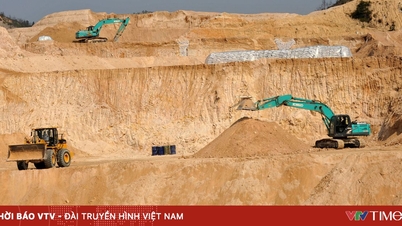



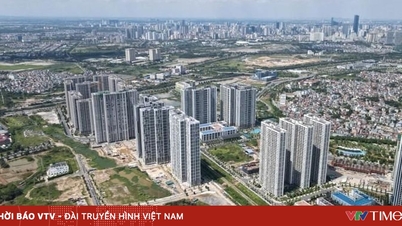






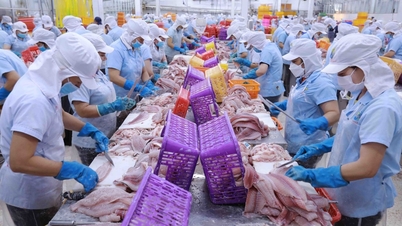



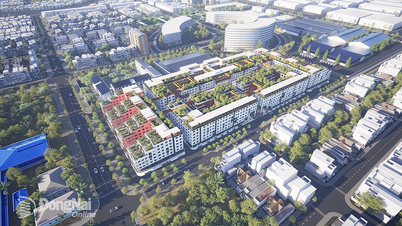

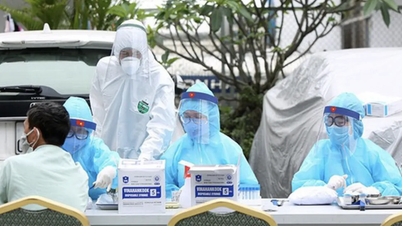


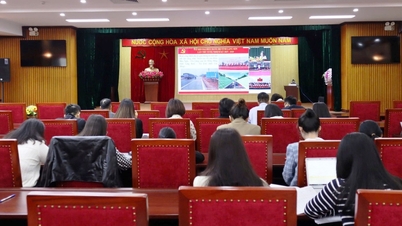
















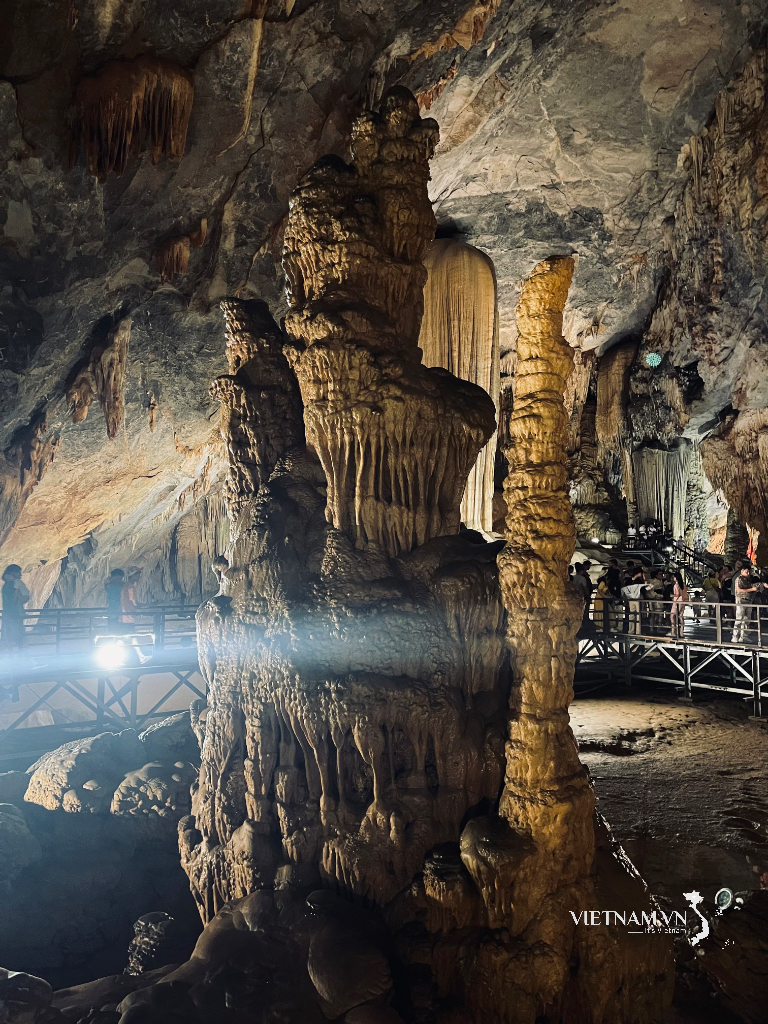
Comment (0)